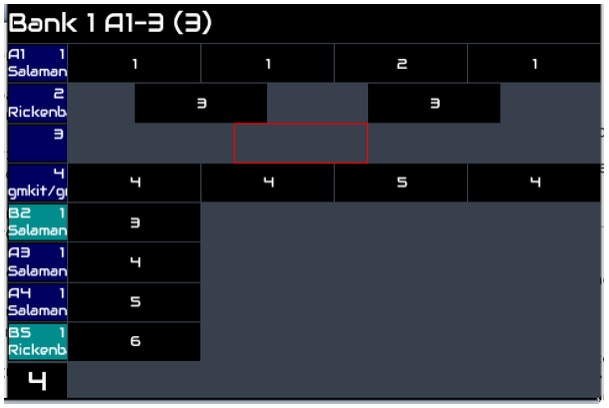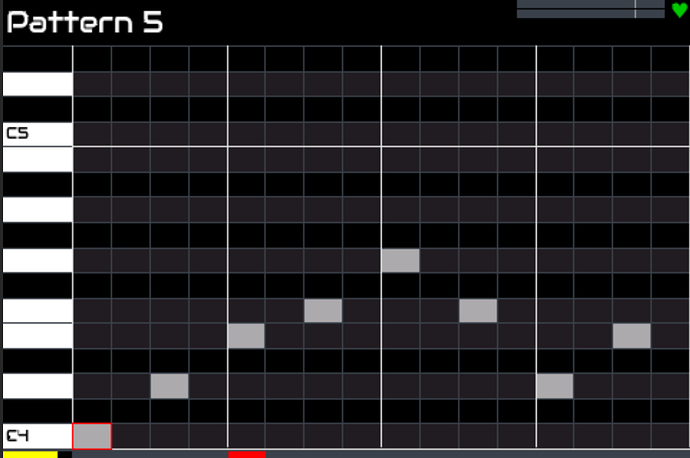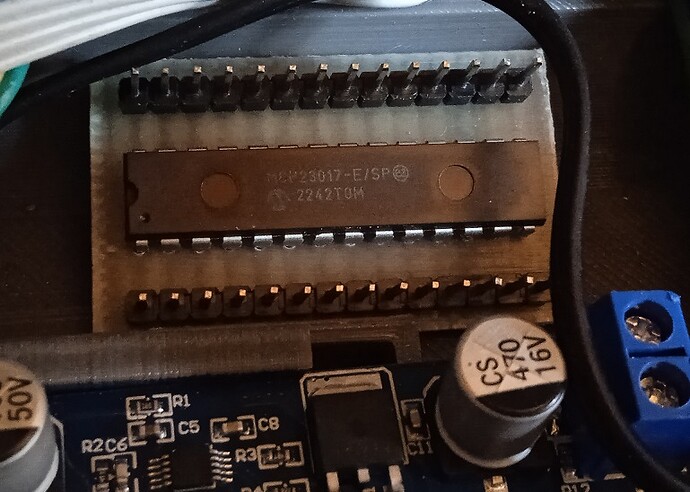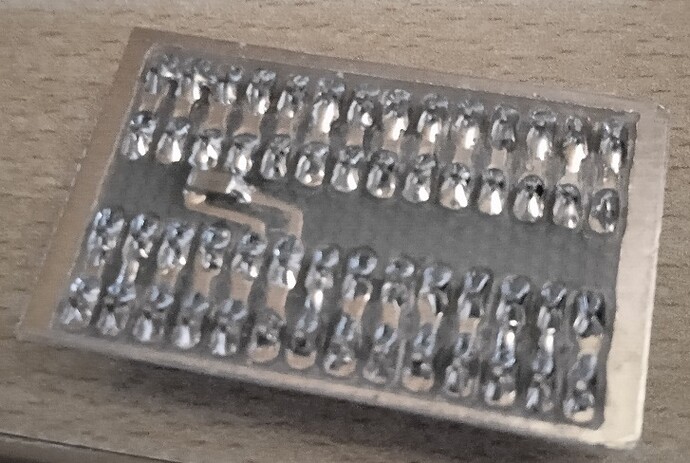Bold press the Layer button again to see the menu.
M A R V E L O U S!
It gave me chills!!!
YESSSSS! Many thanks Riban. ![]()
![]()
![]()
![]()
Please open new topic. It would be easier for everyone to follow the… CONTEST ! ![]()
The chat here was about sequencer use, prompted by the competition. I have moved the sequencer chat stuff to this new thread.
The sequencer is pattern based. You need to enter the pattern editor to be able to record events into the pattern.
Always from the top of my oceanic ignorance… in the Arranger window, it would be convenient to have the three fundamental buttons on the display… PLAY, PAUSE and STOP (with the return to the first measure by pressing STOP)… Just to let you work Riban again ![]()
My problem is the arranger. I really can’t figure out how it works, and i have some experience with grooveboxes. ![]()
The arranger is really a complex solution to a number of issues. The sequencer is a fairly complex beast but we present it in a simple form by default with one pattern in each sequence behind a pad in the zynpad view. Arranger was written to provide more complex use, particularly as a linear DAW-like sequencer where you can lay patterns along a timeline and add extra tracks to each sequence. It also provided the mechanism to manipulate some of the more complex aspects of sequences. It is suboptimal for all of these purposes. We have plans to add an extra view that will allow manipulation of single track sequences with multiple patterns so that users of the simple workflow (zynpad) can add more complexity to their sequences. This may allow arranger to be refactored to work better as the linear track editor that it wants to be.
But if you want or need to use arranger now, you could start by reading the wiki entry describing it. (You should probably read the whole of that page as it is written like a tutorial to some extent.) Some useful context of the sequencer:
- Zynpad triggers sequences
- A sequence contains 1 or more tracks
- A track contains zero or more patterns - not necessarily contiguous
- A track is assigned a MIDI channel
- A pattern contains zero or more MIDI events (currently only note data)
- Patterns are polyphonic allowing as many different notes as you want to trigger and sound simultaneously
- A pattern consists of a configurable quantity of steps
- There is the concept of a beat and bars (sync points / loop points)
- Sequences are assigned a mode that defines their start, loop and stop behaviour
- Arranger allows you to see progress through sequences including looping, e.g. you can see the playhead moving forward then looping back to start of a sequence whilst maybe continuing to play a longer sequence
I did have a drop-down from the top right with the transport buttons but it was removed due to some issues. We don’t want to use precious screen space all the time if not required. Maybe we could use the “On screen buttons” option to add some.
Now I try to read the wiki…
Unfortunately those who don’t know the work behind all this can only have their say without knowing what the problems are. Certainly the V5 which has a wider set of buttons will make all the work more comfortable. Thank you Riban
If the wiki doesn’t answer your questions then ask specific questions about specific issues here and we will try to answer them. Sometimes the thing you want is already there and it helps us to improve the design and documentation.
Now I’m starting to read the wiki… can I ask you something offtopic? I just received a MCP23017… can you give me the link for how to use it? I used the SEARCH button but couldn’t find anything definitive. I would like to use it on the minimal Zynthian to add 4 buttons.
I also inserted a nice SMD capacitor.
You need to configure it to have a suitable address. I guess you want to use it to implement buttons (and encoders?). The default setting for the first MCP23017 in Zynthian is address 0x20 which would require you tie A0, A1 & A2 to GND (0V). Connect SDA & SDC to the Zynthian (RPi) corresponding SDA & SDC pins (3 & 5). You should also connect the INT A & INT B pins to Zynthian (RPi) GPI pins. The default of a V4 is INT A=WPi GPIO 2 (pin 13) & INT B=WPi GPIO 7 (pin 7). Of course you need to supply power too, probably 3.3V. (The MCP23017 will work at 3.3V & 5V but the RPi works at 3.3V.) Then you connect your switches and encoders to the MCP23017 board and configure webconf to use a MCP23017 with the address and interrupt pins you used and the GPIs which start from 100, i.e. the first GPI on the MCP23017 is referenced by Zynthian as pin 100.
So like the 23008 that I mounted on the first Zynthian … Perfect, I was worried about the two groups GPA and GPB but they are controlled by the two INT A and INT B … The numbering is always from 100 to 107 for the GPAs and from 100 to 107 for the GPBs I guess. Thanks always
GPB would be 108-115.
Ahhhhhh…This was Hamlet’s doubt. Many thanks
I guess i’m ok with patterns and sequences, and the idea of working live in a “Novation Lauchpad” way.
Then it turns weird when it’s time to order patterns to build a “song”. My idea would be to order patterns in rows. Every row it’s assigned to an instrument and a midi channel, so every row it’s a single sequence for that instrument. In a row i could have fixed positions that i am able to fill or to leave empty. This is very simple in my head.
I have a MPC One, wich is different (you order sequences made of multiple patterns). My idea is almost the same as Caustic for Windows/Android/IOS, wich is less powerfull compared to Zynthian.
Don’t you mean this?

Yes, that’s the arranger. I don’t know if this is a problem i only have, but i don’t understand the meaning of the numbers in the black cells. I’ve tried to input some numbers but i don’t get the results i expect. In my mind i should have mark points instead of numbers, and every column should be a step wich plays the specific marked pattern.
I guess… The number should be the number of the pattern… That is, if you made 4 patterns of an instrument, in that place put the number of the pattern you need at that moment…
However, I don’t have the head to work like this… I start the metronome or the drums and play with them… but I also want to study this way.


